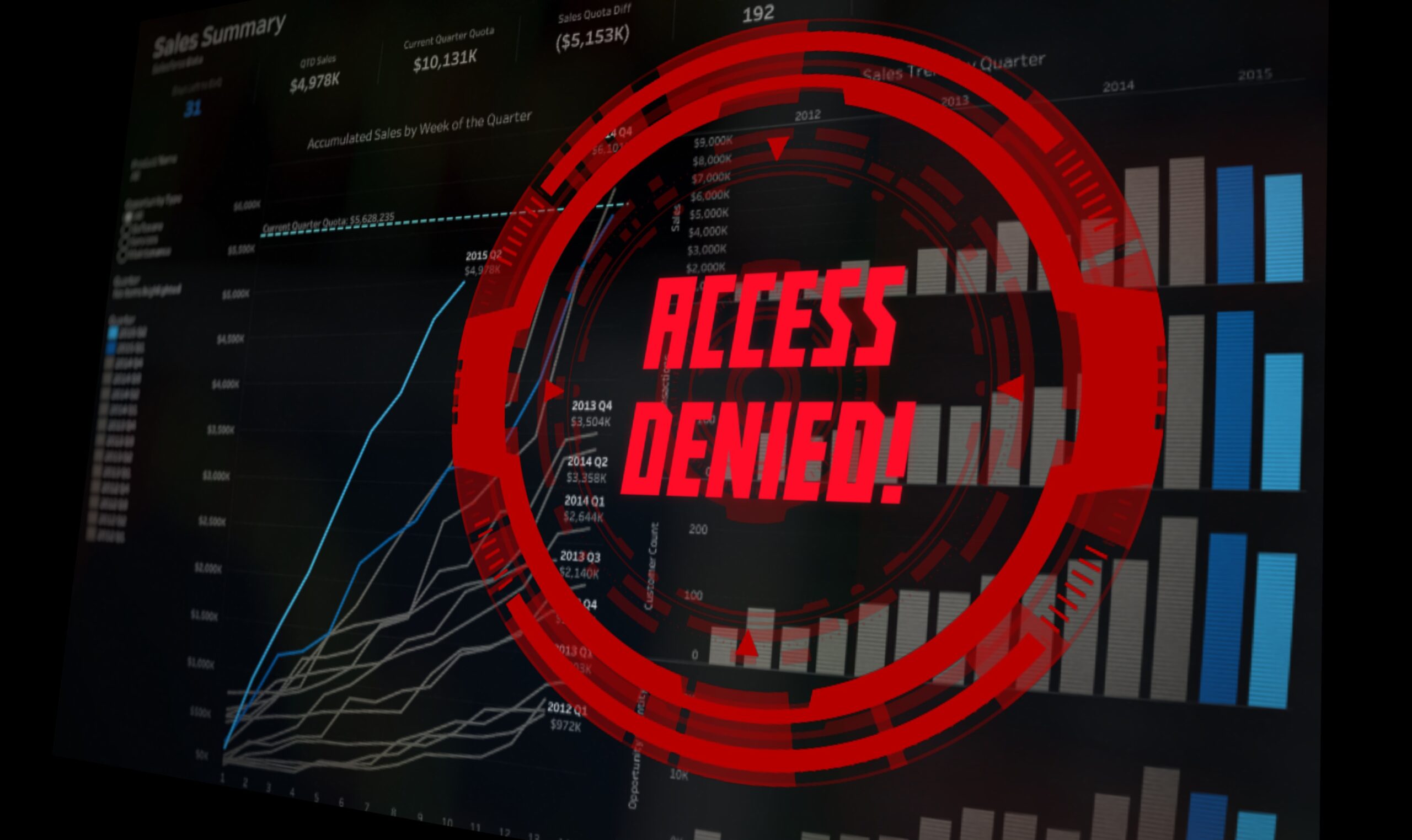Stephen Foreshew-Cain has told a conference that a host of new digital platforms will be required to create the kind of joined-up online presence he aspires to for the government.
Speaking at the Public Sector ICT Summit – organised by PublicTechnology’s parent company, Dods – the Government Digital Service executive director said he believed there was “a hell of a road to go down” to get to his vision for Government as a Platform (GaaP).
An umbrella term for a set of common software components and best practice that government digital teams can use and reuse, rather than building from scratch, GaaP is seen as crucial for the creation of user-centred services.
Foreshew-Cain told the summit, held in the City of London, that “anywhere between 20 and 50” of the platforms required for the realisation GaaP were yet to be built.
“We’re at the start of the government platform,” he said. “We’ve got the publishing platform, we’ll soon have a payment and education platform, we’ve got a platform that would allow us to spin out virtual environments to roll out a prototype very quickly.”
Foreshew-Cain said he expected that most of the new platforms would not be built by the GDS itself.
“It is my intent and my vision that most government platforms aren’t going to be built in the centre,” he said. “They’re going to be built and maintained out where the deep domain knowledge exists about that particular platform.
“Our job is to make sure that these things get built, that they get built well and they get built once, and that they get built so that we can all use them.”
Related content
Cabinet Office identifies Government as a Platform as key priority
Government as a Platform: Taking the £1.8bn Plunge
Foreshew-Cain said it was vital for those at the heart of GaaP to stop thinking about how government had constructed itself, and focus instead on how services were connected in the eyes of users.
“We’re starting to see government not in its organisational structure but in terms of its service value,” he said. “Regardless of how we construct government in the background, the services can interact with one-another and we can really allow the citizen to interact with the government organisations as one thing. I think that’s what comes next.”
Foreshew-Cain said joining up services for people trying to organise travel visas at the same time as buying plane tickets; buying and taxing cars; or setting up new companies were all examples of areas in which online interaction with government could be improved.
“[If] I want to set up a company: I don’t need to know how government has constructed itself in the background for me to go to HMRC and Companies House and every other part of government that I need to touch,” he said. “That’s how it seems on the other side.”
Foreshew-Cain told delegates at the March 1 event that he had too many conversations about technology and not enough about user-centred service design that focused on innovation.
“It isn’t about technology and it’s not about IT – it’s about doing the right things and doing them in the right way,” he said.



